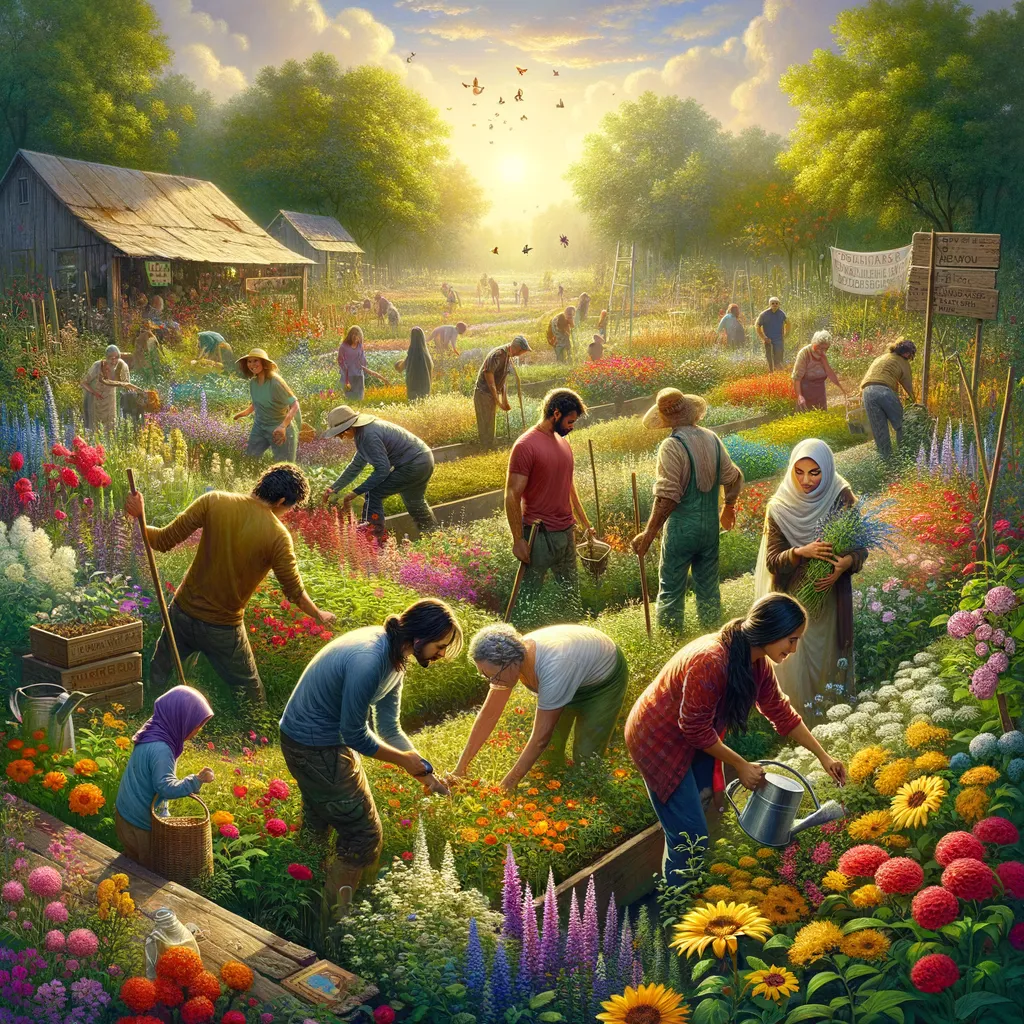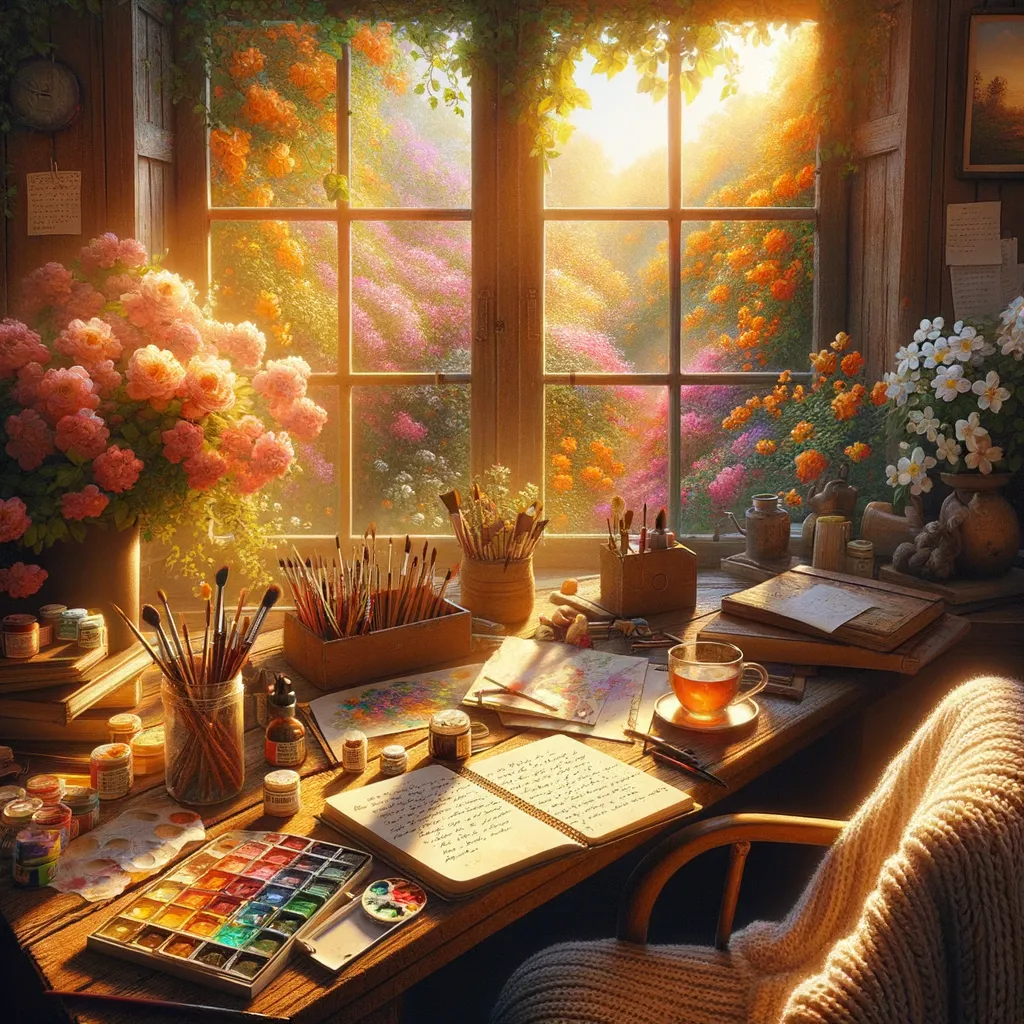A Forgotten Garden Blooms: A Journey of Hope and Renewal
On a sunlit day, a forgotten community garden stood at the heart of a small town, shrouded in weeds and whispers of past dreams. A determined group of volunteers gathered, ignited by the vision of transforming the neglected patch into a vibrant sanctuary filled with life and laughter. However, as summer wore on, doubts crept in, casting shadows over their efforts, and the garden seemed to reflect the fading hopes of its caretakers. Just when all seemed lost, a child’s innocent joy in picking wildflowers sparked a revelation: the garden’s true beauty lay not in perfection, but in its wild, unpredictable nature. Embracing the chaos, the community discovered a tapestry of resilience, culminating in a joyous harvest festival that celebrated the unexpected connections formed along the journey, revealing that even the most unlikely dreams can flourish with a little nurturing.
In the memory of July 20, 2012, I stood on the edge of a sun-drenched field, the wildflowers swaying gently in a warm breeze that whispered secrets of summers past. That day marked the culmination of months spent nurturing an idea, a project that had become my quiet obsession. It was an initiative meant to rejuvenate the local community garden, an overgrown patch of earth that had long been forgotten, much like the hopes and dreams of those who once tended to it. The thought of breathing new life into that space ignited a spark within me, a sense of purpose that felt both exhilarating and daunting.
As I gathered a handful of volunteers, their faces illuminated with enthusiasm, I felt an unshakeable belief that we could transform the garden into a sanctuary. The initial meetings were filled with laughter and plans; we envisioned vibrant vegetables and fragrant herbs flourishing in the sunlight. Yet, beneath the surface of our collective excitement lay the weight of skepticism. It was a remnant of the past, a voice that echoed in the back of my mind, reminding me of previous efforts that had faded like the petals of the flowers we sought to revive.
The first few weeks were filled with promise. We unearthed weeds and debris, our hands caked in the rich, dark soil that seemed to pulse with potential. I marveled at how the act of digging and planting transformed us. We were no longer just individuals with disparate lives; we became a community of dreamers, nurturers, and believers. But as summer wore on, the enthusiasm began to wane. The weeds grew faster than our seedlings, and the relentless heat made our once-joyful labor feel burdensome.
By late July, a cloud of doubt began to gather above our heads. The garden, once a symbol of hope, now felt like a relentless reminder of what we could not achieve. I watched as some volunteers drifted away, their faces etched with disappointment. The vibrant colors of our dreams began to fade, and I found myself standing alone in the garden one evening, overwhelmed by a sense of impending loss. The sun dipped low, casting long shadows that danced like ghosts among the overgrown plants. In that moment, I grappled with the idea of a “lost cause.”
Yet, in the depths of my despair, a small miracle unfolded. A child wandered into the garden, her eyes wide with wonder. She picked a few wildflowers and, without hesitation, began to arrange them into a makeshift bouquet. Her innocence and joy were infectious, and for the first time in weeks, I felt a flicker of hope. Perhaps the garden was not meant to be a perfect paradise, but rather a space for growth in all its forms—imperfect, wild, and unpredictable.
As the days turned into weeks, I began to see the garden through new eyes. It was a canvas that reflected not only our efforts but also the community’s spirit—a tapestry woven from threads of resilience and creativity. We started to embrace the chaos. Instead of battling the weeds, we invited them to coexist, transforming the garden into a place of unexpected beauty. The wildflowers flourished alongside the vegetables, creating a riot of colors and scents that drew in bees and butterflies, turning the garden into a vibrant ecosystem.
In this newfound acceptance, I discovered something profound. The garden became a metaphor for life itself—a reminder that beauty can emerge from chaos, and that sometimes, the most unexpected combinations yield the richest rewards. The project, once perceived as a lost cause, began to flourish in ways I had never imagined. It was no longer about achieving perfection; it was about cultivating connection and celebrating the journey.
As summer waned, our little community came together for a harvest festival. The garden, alive with laughter and chatter, radiated a warmth that transcended the mere act of planting seeds. We shared our stories, our hopes, and our dreams, and in that moment, it became clear that the garden was more than just a collection of plants. It was a living testament to our collective resilience, a reminder that even when faced with challenges, we could find beauty and growth in unexpected places.
Reflecting on that transformative summer, I wondered about the seeds we all carry within us—dreams that may seem lost but are merely waiting for the right conditions to flourish. As I gazed at the thriving garden that day, I couldn’t help but ask: What lost causes in your life might be waiting for a little nurturing to blossom into something beautiful?
In the embrace of nature’s wildness lies the profound truth that even the most chaotic beginnings can yield a tapestry of unexpected beauty and resilience.



